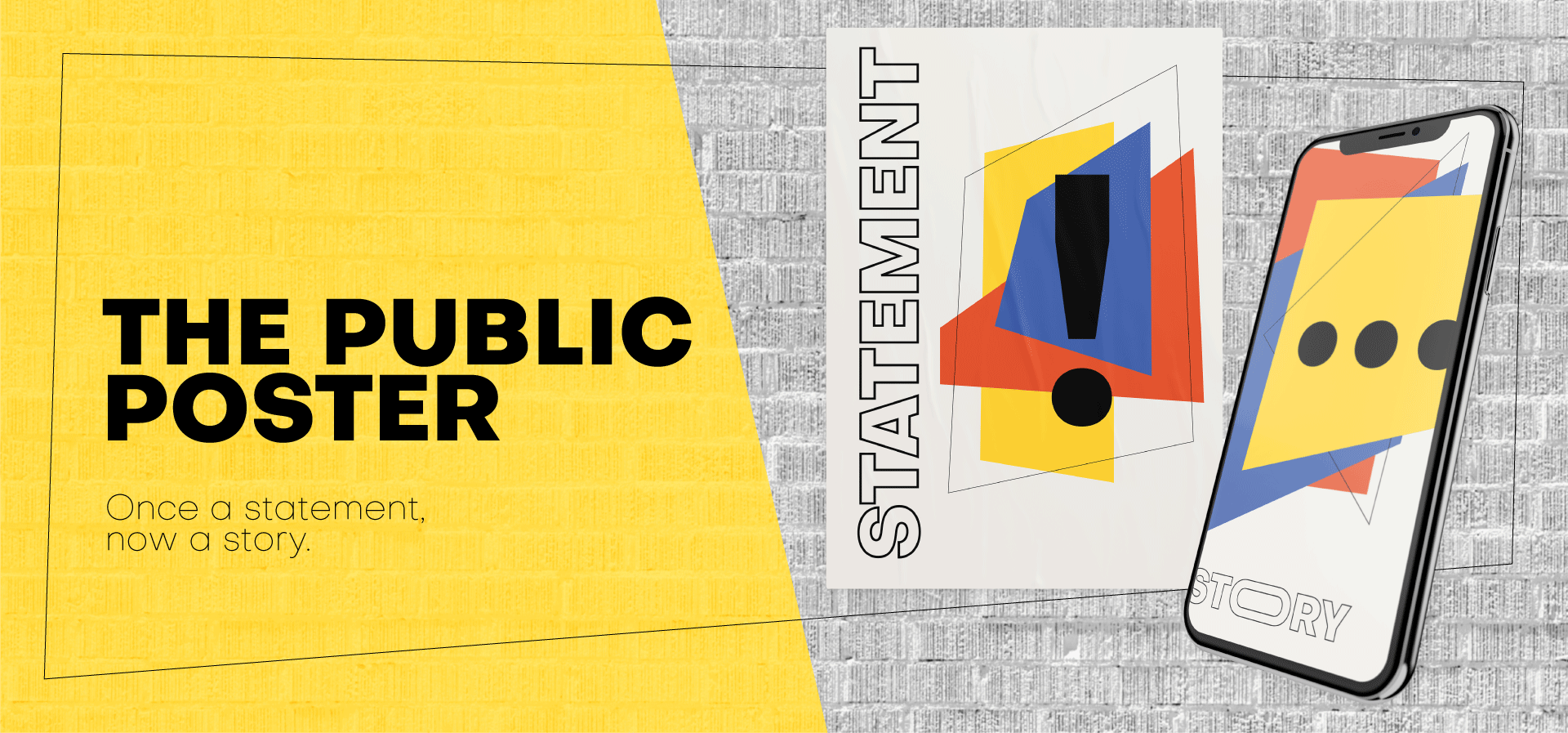
Start Time
Jan 2021
Date of Completion
Anticipated Aug 2021
Start Time
Jan 2021
Date of Completion
Anticipated Aug 2021
Designed By
Elizabeth Hiler
Design Tools
Illustrator
Photoshop
After Effects
Designed By
Elizabeth Hiler
Design Tools
Illustrator
Photoshop
After Effects
Committee Members
Adam Smith
Mike Strobert
Committee Members
Adam Smith
Mike Strobert
Prompt
The Public Protest Poster can be found at the start of most movements for social and political change by creating a simplified statement with a strong graphic for instant impact.
Problem
Protests posters rely on viewers having some previous knowledge about a particular topic in order to fully understand the scope and target of the poster. This form of visual communication lacks any opportunity for greater context or connection for the viewer to take in new perspectives.
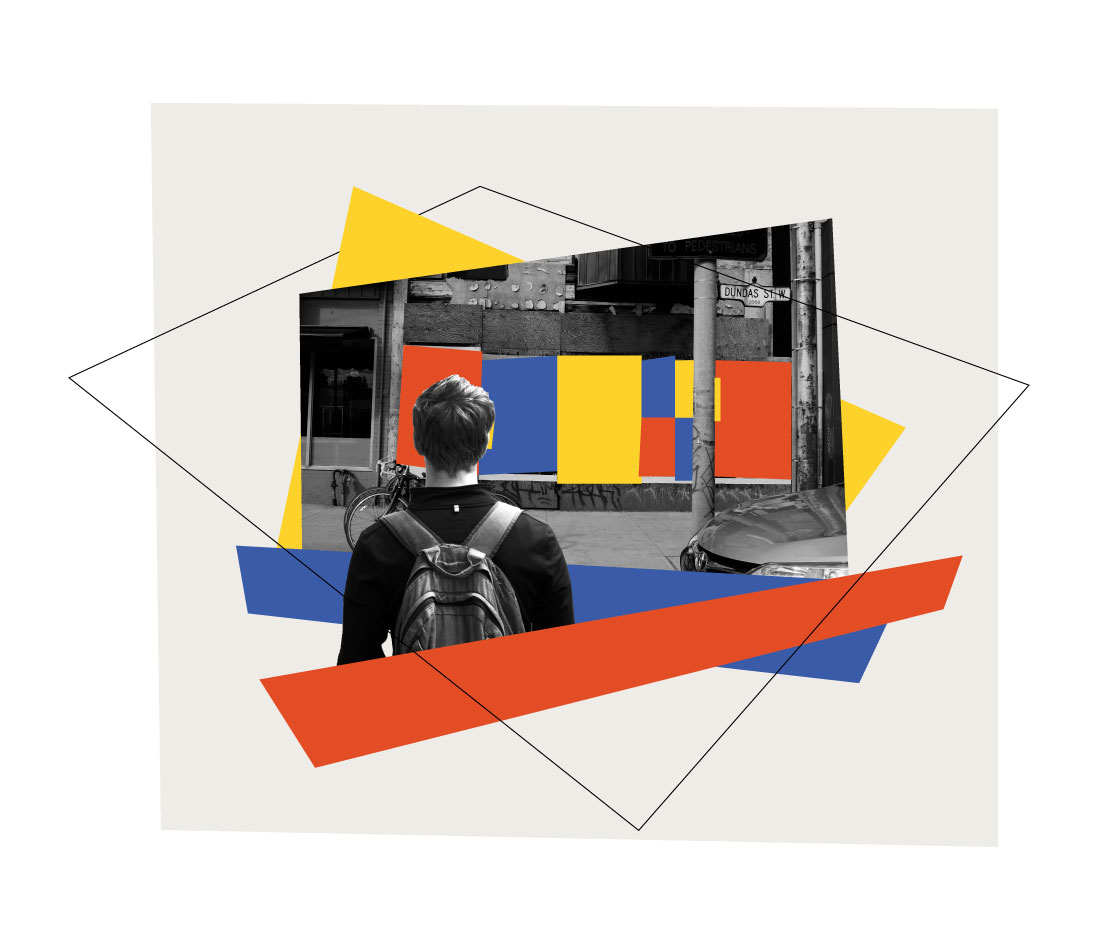

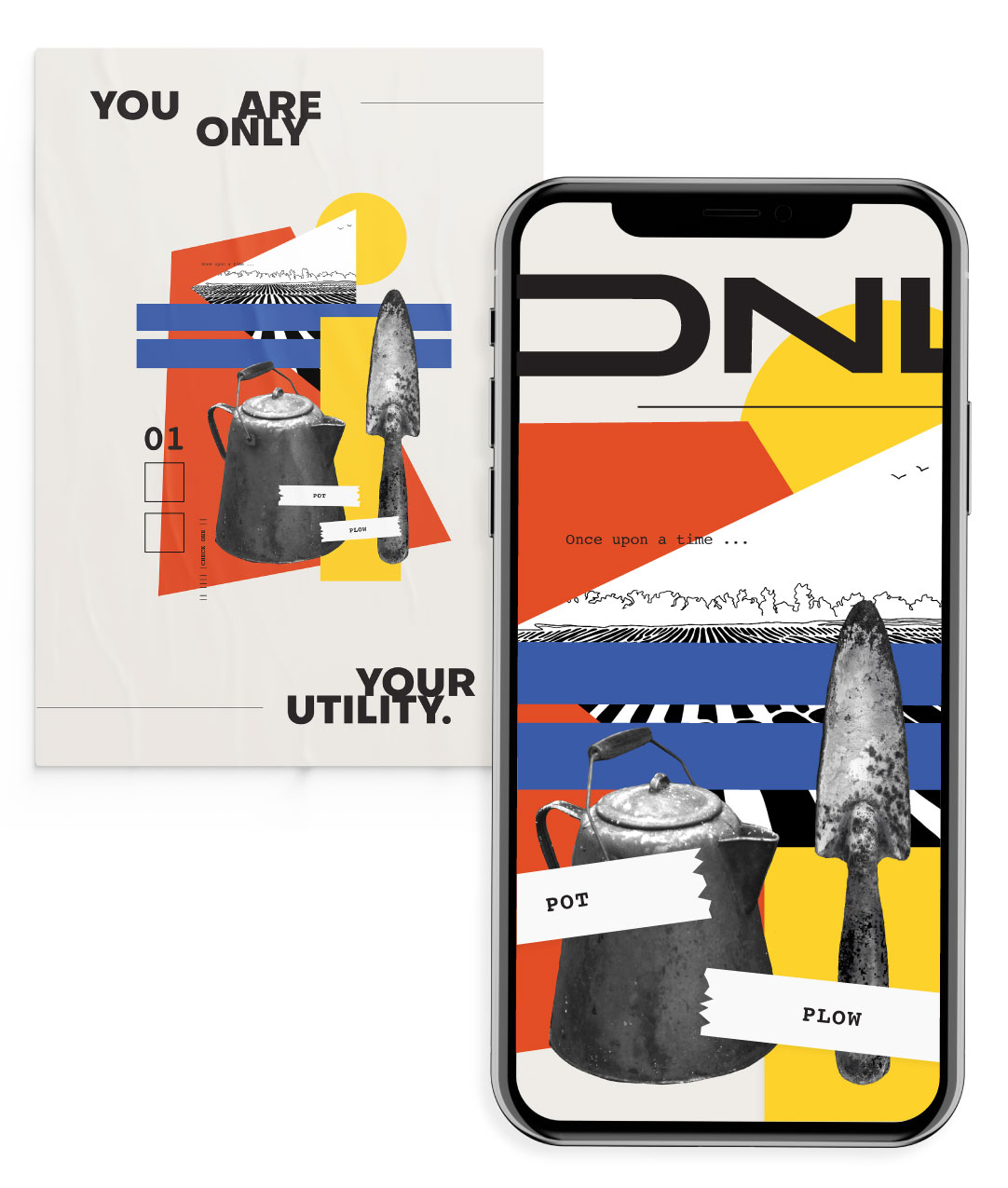
Solution
Create a relationship between the printed poster and the interactive digital experience to engage the public in more complex and effective storytelling.
Objectives
Offering a way to explore a more complex story in a public setting; giving difficult topics more accessibility to public discourse.
Blending print and digital design aesthetics; translating public protest poster design to a digital platform to capture and keep attention.
Encourages interacting with the content for a more focused viewing and lasting impression.
GIVING DIFFICULT TOPICS MORE ACCESSIBILITY
CASE STUDY: Thinking Critically about Gender Labels
Binary gender labels are used ubiquitously throughout social systems as an organizational category. Yet in an attempt to be conversationally informative based on the language we have been using for centuries, we are simultaneously skewing perceptions and expectations set by those same century-old structures.
How can we begin to separate ourselves from an overwhelming reliance on labels that are no longer relevant?
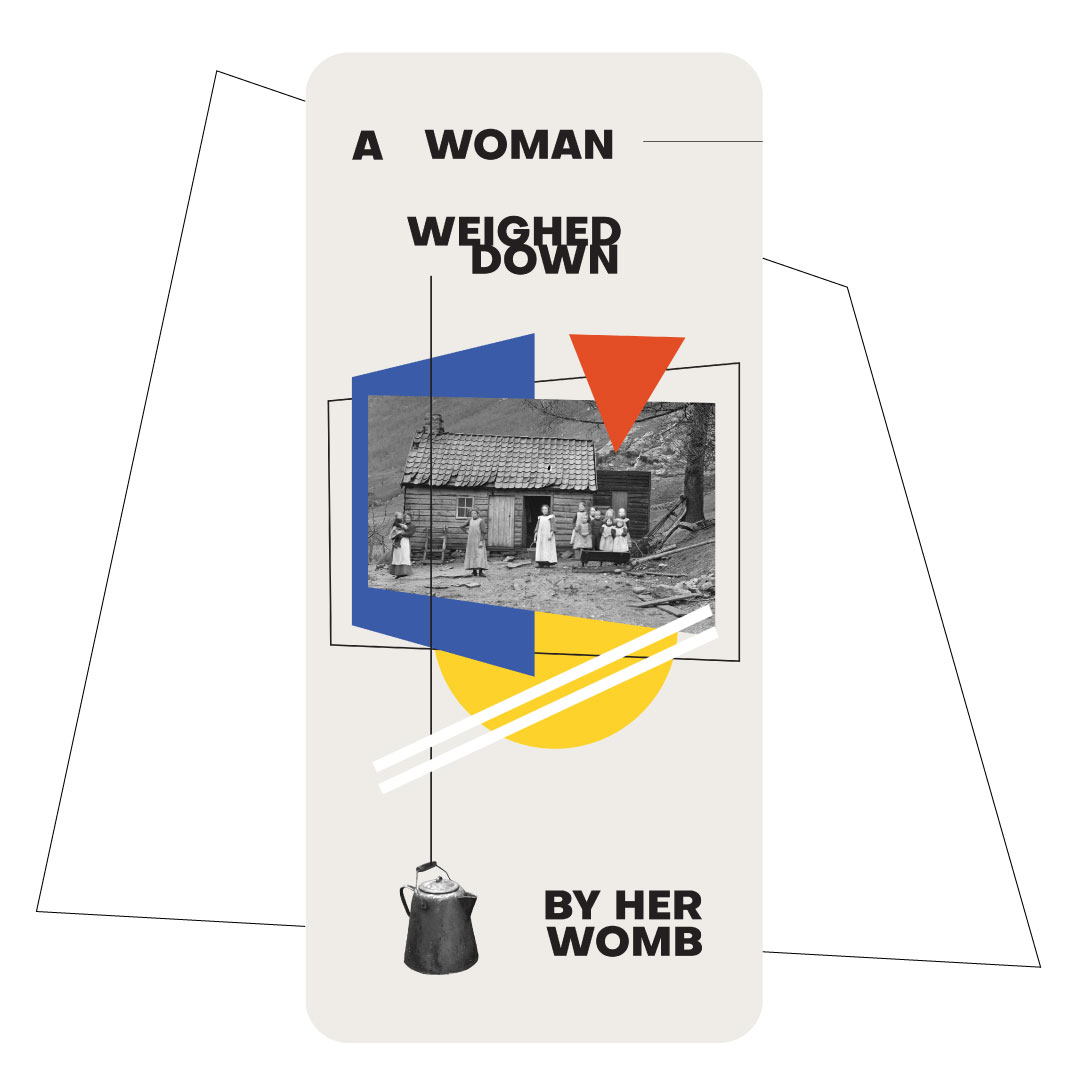
Elaborating on a statement and turning it into a story allows for more information to be shared around a taboo topic.
Creating a narrative makes information more digestible and approachable. It does not force the viewer to make up their mind right away but allows them to be slowly guided through an experience to come to their own conclusions.
Don't be told what to think, explore it.
A story is also an opportunity to grow the conversation. By creating a poster to "hook," designers do not have to rely on already established symbols or language to create immediate context.
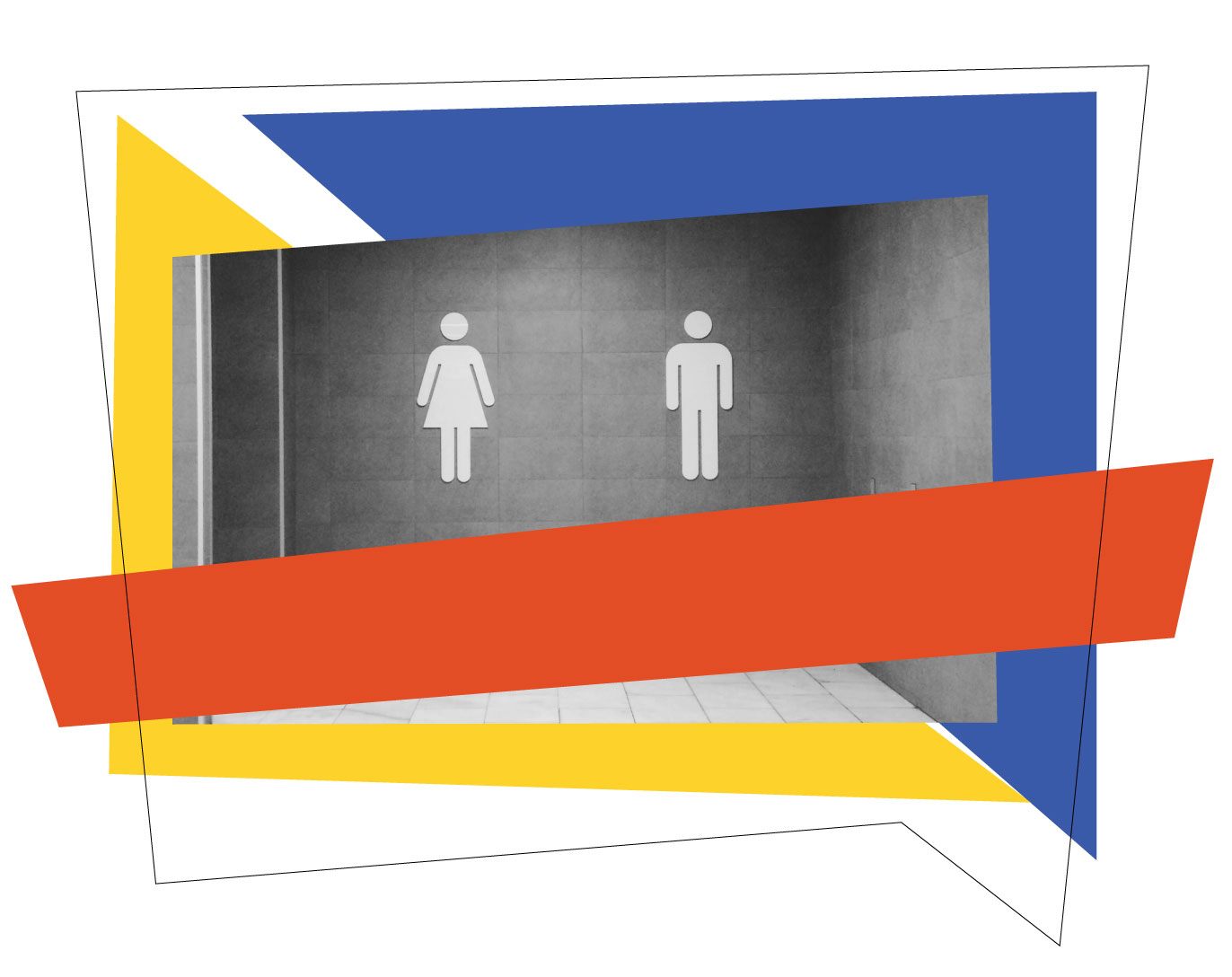
CAPTURE and KEEP ATTENTION
Protest posters can be found throughout history as iconic imagery that became the face for social and political change.
Their unique aesthetic helped capture the attention of the public and rally the people behind a singular statement or a powerful cause through...
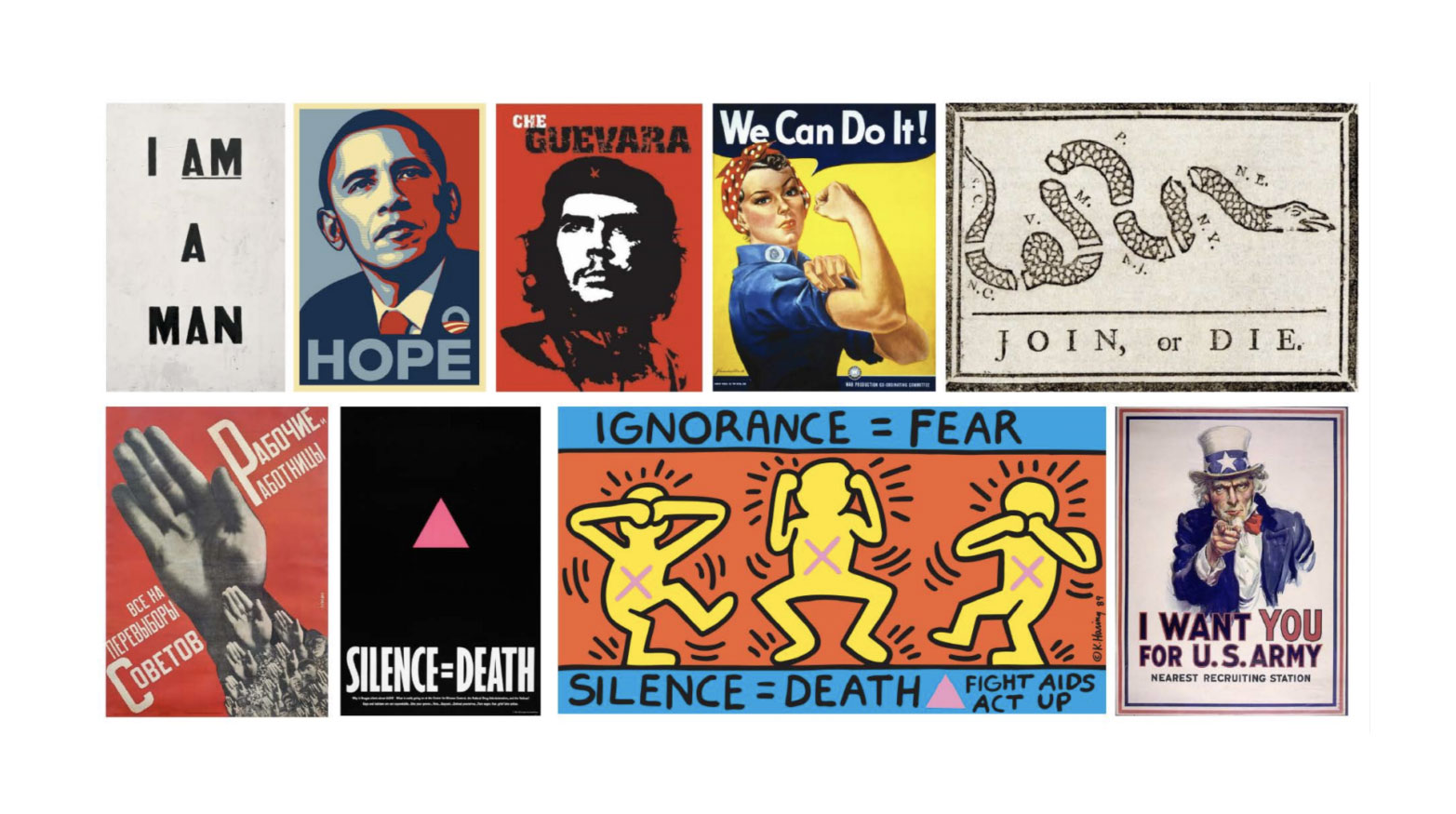

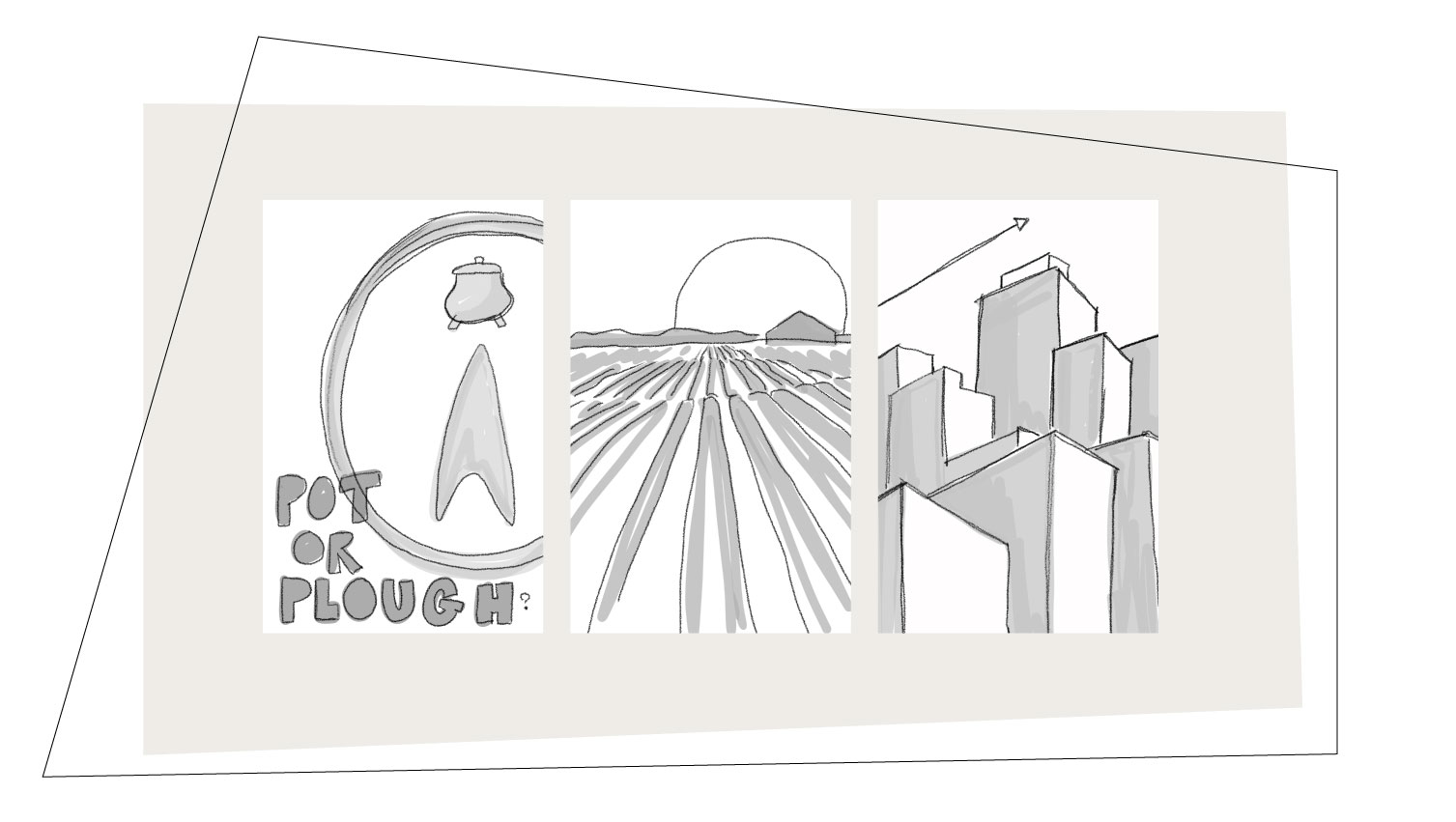
Early Iterations were predominantly illustrative. This direction proved to be too reductive. The visuals were too abstracted or simplified, especially when using new symbols to associate with the gender discussion.
During refinement, the design direction moved toward a collage style with the use of black and white photography and addressed many of the earlier concerns.
Dynamic and more visually engaging
Grounded in history and the reality of gender labels
Layering important for secondary animation and keeping attention
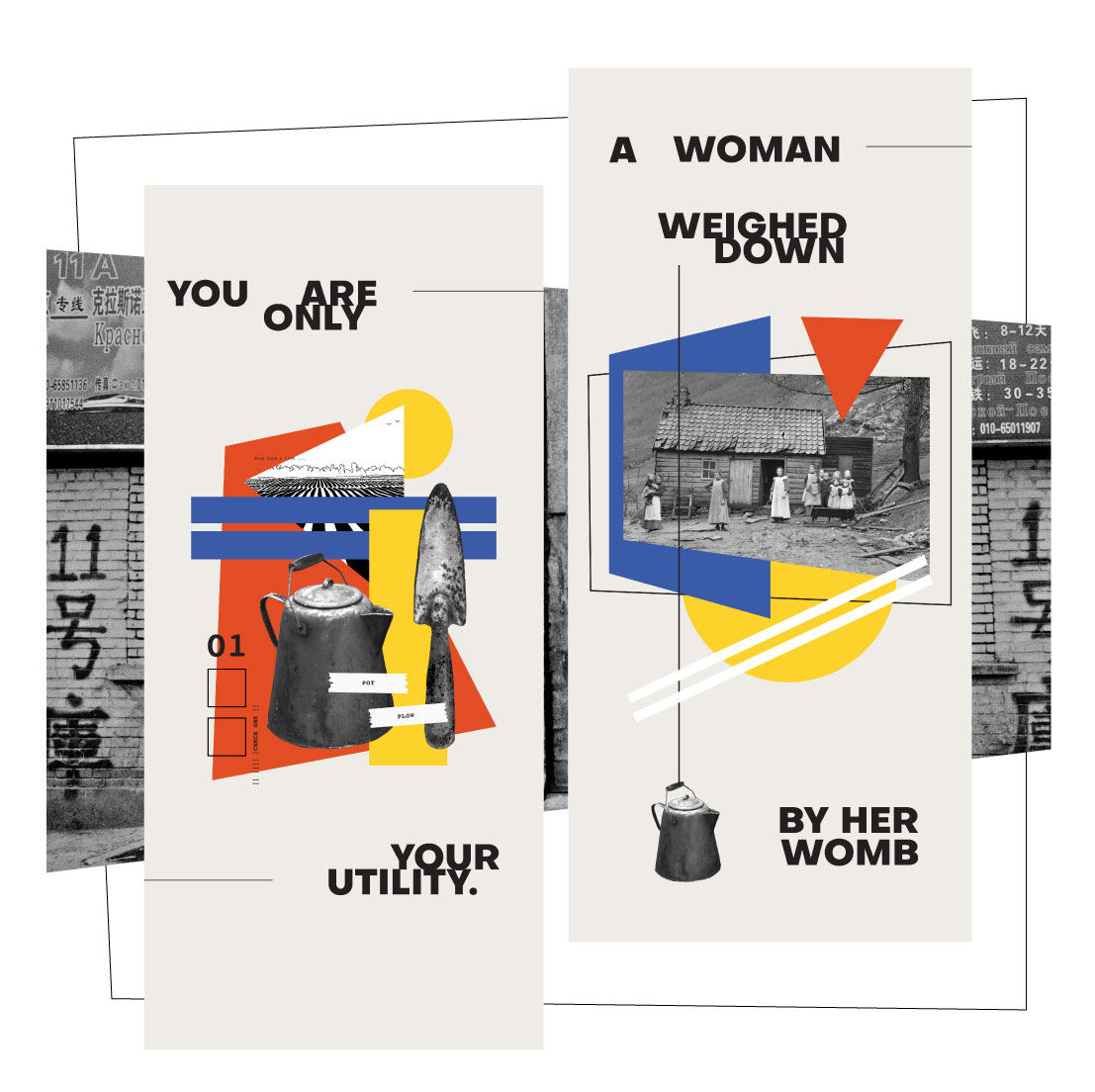
A FOCUSED VIEWING and LASTING IMPRESSION
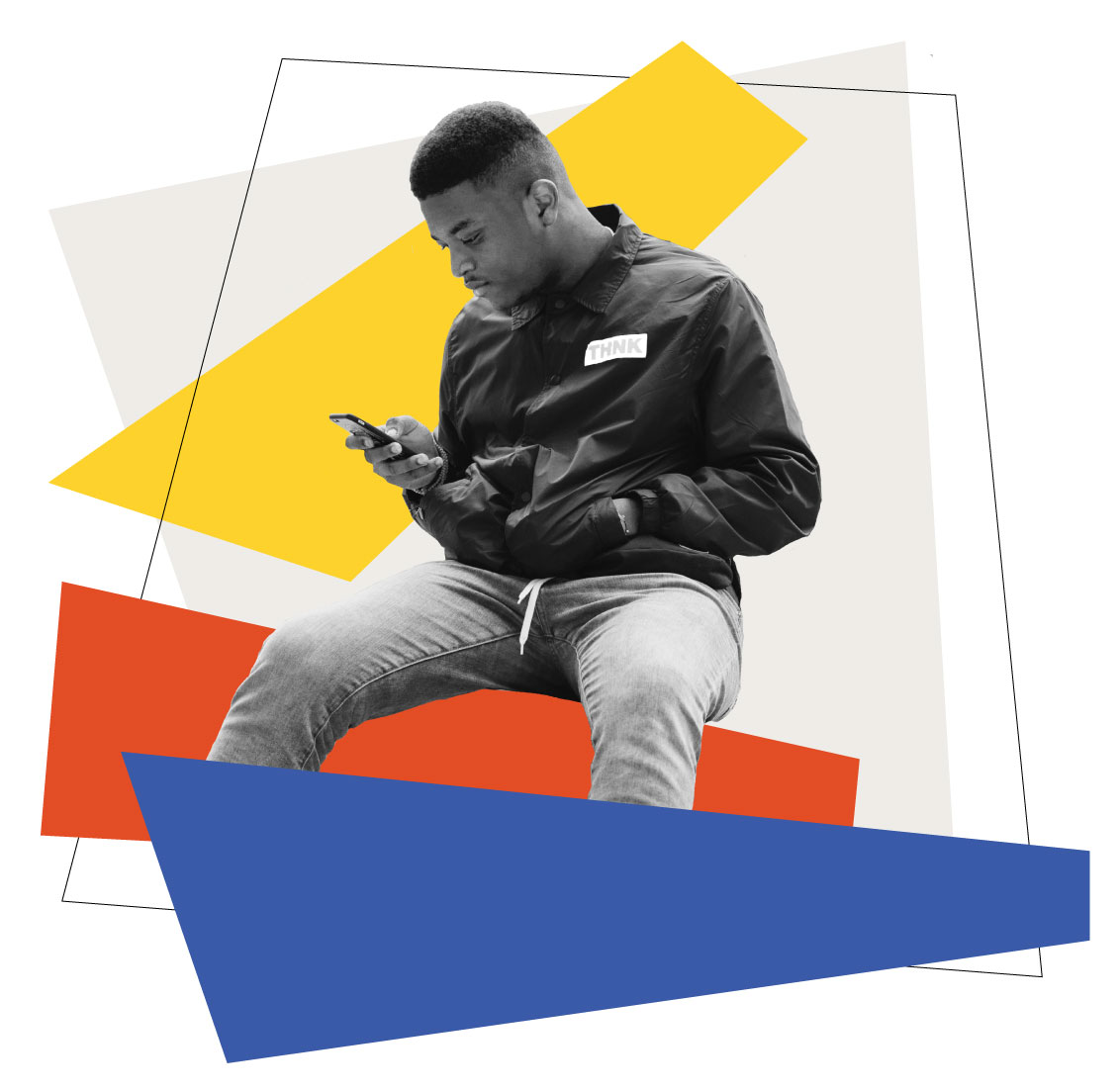
GOING MOBILE
Focusing on a mobile interactive experience, the story enters a personal space for the viewer. Transitioning from public to personal, the narrative has a greater chance of creating a meaningful impact.
ACTIVE vs PASSIVE VIEWING
Instead of a simple story animation, it was important to find a way to keep the viewer involved considering the content could be divisive or even aversive. Page flips or scrolling interactions are too familiar and could be prone to thoughtless skimming. So by creating unique ways for the viewer to move the story forward, similar to game mechanics, the user would stay attentive and involved.
CONTINUATION of THESIS
Anticipated Completion August 2021
